#limits of life
Explore tagged Tumblr posts
Text

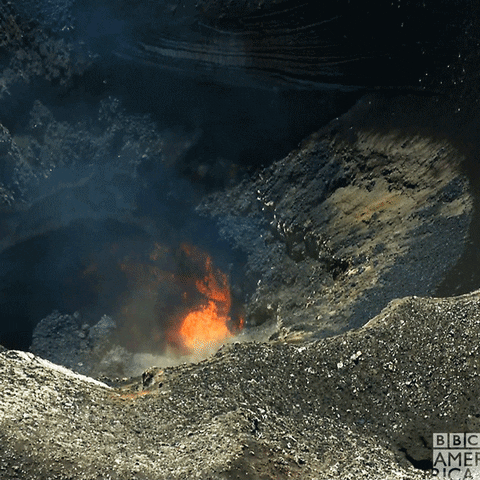
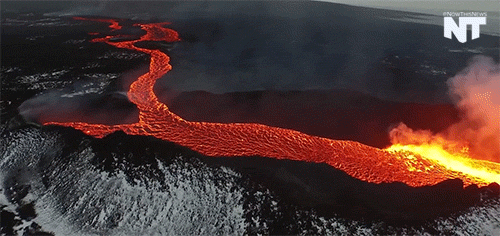
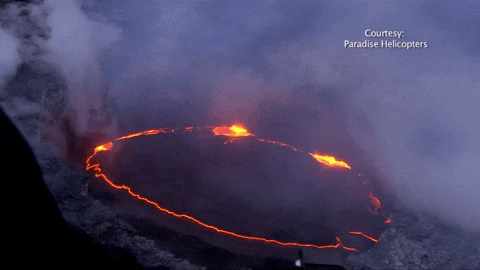

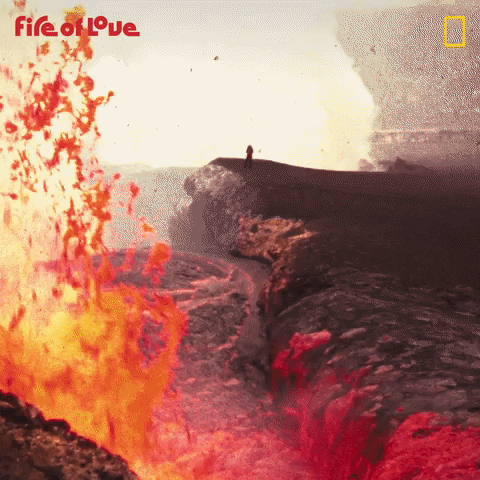

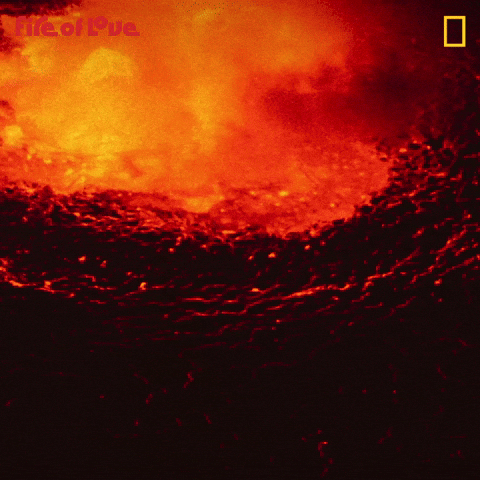

The evolutionary trajectory of life on Earth has consistently challenged preconceived notions regarding the boundaries of biological viability. From the abyssal depths where chemosynthetic ecosystems flourish in the absence of solar radiation, to the hyperacidic geothermal springs where extremophiles exploit sulfur-based metabolic pathways, to the radiologically contaminated zones where fungal organisms appear to harness ionizing radiation through melanin-mediated processes, life has demonstrated remarkable plasticity in colonizing environments previously deemed sterile. This paradigmatic expansion of the habitable envelope naturally raises a provocative question: if biological systems can withstand the vacuum of space, lethal radiation doses, and corrosive chemical matrices, what fundamental constraints preclude the existence of life within molten silicate matrices—commonly known as lava?
Distinguishing Extreme Environments from Thermodynamically Prohibitive Conditions
To address this question rigorously, it is essential to establish a clear demarcation between environments that impose severe physiological stress and those that fundamentally disrupt molecular architecture. Lava represents molten silicate material with temperatures typically ranging from 973 to 1473 Kelvin (700°C to 1,200°C or 1,292°F to 2,192°F), creating conditions that exceed the thermal stability thresholds of all known biomolecules. This temperature regime does not merely stress biological systems—it induces catastrophic molecular dissociation and structural denaturation.
The thermodynamic reality of molten rock environments differs qualitatively from other extreme conditions. While ionizing radiation can cause DNA strand breaks that are potentially repairable through enzymatic mechanisms, and vacuum conditions can be survived through cryptobiotic states that suspend metabolic activity, the thermal energy present in lava fundamentally disrupts the covalent bonds that maintain molecular integrity. This represents a transition from survivable stress to inevitable molecular decomposition.
Biochemical Constraints of Carbon-Based Life
Contemporary terrestrial biology operates within a relatively narrow thermodynamic window defined by the stability of carbon-hydrogen bonds, phosphodiester linkages in nucleic acids, and the hydrophobic interactions that stabilize protein tertiary structure. Even the most thermoresistant extremophiles operate within these fundamental constraints. Methanopyrus kandleri, representing the current temperature record-holder among hyperthermophiles, maintains viability at 395 Kelvin (122°C) through specialized heat-shock proteins and thermostable enzyme variants, yet remains orders of magnitude below lava temperatures.
The molecular basis of this limitation is well-characterized. DNA undergoes thermal denaturation at approximately 368 Kelvin (95°C) under physiological conditions, while cell membrane phospholipids experience phase transitions that compromise barrier function well below 423 Kelvin (150°C). Even the most thermostable proteins, such as those found in hyperthermophilic archaea, lose catalytic function at temperatures that represent merely the lower bounds of molten rock environments.
However, this analysis is predicated upon the assumption that life universally adheres to terrestrial biochemical paradigms. The emerging field of astrobiology has increasingly challenged anthropocentric definitions of biological possibility, suggesting that alternative bio-chemistries might operate under fundamentally different thermodynamic constraints.
Alternative Biochemical Frameworks and Exotic Life Scenarios
The potential for non-carbon-based life has garnered serious consideration within the astrobiological community, particularly regarding silicon-based biochemistry. Silicon, sharing carbon's tetravalent bonding capacity, theoretically enables the formation of complex molecular architectures while potentially offering superior thermal stability. Silicon-oxygen bonds (Si-O) possess higher bond dissociation energies compared to carbon-hydrogen bonds, suggesting that silicon-based polymers might maintain structural integrity at elevated temperatures. However, silicon chemistry also presents significant limitations, including reduced structural flexibility and a tendency toward crystallization rather than the formation of dynamic, self-organizing systems characteristic of carbon-based life.
Beyond alternative elemental foundations, theoretical frameworks have been proposed for organisms incorporating inorganic protective matrices. Terrestrial precedent exists in biomineralizing organisms such as magnetotactic bacteria, which precipitate magnetite nanoparticles, and diatoms, which construct intricate silica frustules. Extrapolating from these examples, hypothetical organisms might evolve refractory ceramic or metallic shells capable of providing thermal insulation against extreme temperature gradients.
Recent discoveries have expanded our understanding of extremophile capabilities in ways that inform this discussion. The identification of radiotrophic fungi in the Chernobyl Exclusion Zone, which appear to metabolize ionizing radiation through melanin-mediated electron transport chains, demonstrates that life can not only survive but potentially thrive by exploiting energy sources previously considered universally destructive. Similarly, the rapid evolution of plastic-metabolizing bacteria in marine environments illustrates the remarkable adaptability of biological systems to novel chemical landscapes.
Transient Survivability and Cryptobiotic Strategies
A more plausible scenario for life's interaction with lava environments involves transient rather than permanent exposure. Many extremophiles employ cryptobiotic strategies—reversible metabolic suspension coupled with enhanced molecular protection—to survive otherwise lethal conditions. Tardigrades exemplify this approach, entering a desiccated "tun" state while producing damage-suppressing proteins and trehalose disaccharides that stabilize cellular structures during cryptobiosis.
Bacterial endospores represent perhaps the most relevant analogue for potential lava survival. These dormant structures, surrounded by multiple protective coats including calcium dipicolinate deposits, can withstand temperatures exceeding 393 Kelvin (120°C) for extended periods. Theoretical extensions of this strategy might enable organisms to survive brief transits through molten environments while in extreme cryptobiotic states, potentially reactivating within cooling lava tubes or solidified volcanic substrates rich in chemically accessible minerals.
Microenvironmental Niches and Thermal Gradients
The assumption that lava presents a uniformly lethal environment may itself be overly simplistic. Volcanic systems create complex thermal gradients with numerous microenvironments that might fall within the expanded tolerance ranges of extremophile organisms. Lava tubes, formed by the drainage of molten rock from beneath solidified crusts, can maintain moderate temperatures while providing access to mineral-rich substrates and potentially reducing atmospheric conditions. Similarly, the interfaces between active lava flows and ambient environments create steep thermal gradients where temperatures might transitionally approach the upper limits of hyperthermophile tolerance.
Subglacial volcanic systems present particularly intriguing possibilities. In these environments, the interaction between molten rock and ice creates complex thermal and chemical gradients, potentially generating microenvironments with temperatures compatible with extremophile survival while providing access to both oxidized and reduced chemical species for metabolic exploitation.
Geochemical Considerations and Deep Crustal Environments
The boundary between "lava" and "hot rock" is not merely semantic but reflects important distinctions in habitability potential. While actively molten rock exceeds known biological tolerance limits, the cooling and crystallization process creates a continuum of environments with varying thermal and chemical properties. Recent investigations of deep crustal microbial communities have revealed active biological processes at depths exceeding 5 kilometers, where temperatures approach 353 Kelvin (80°C) and pressure exceeds 50 megapascals.
These discoveries suggest that the transition zone between molten and solid rock—the crystallization front—might represent a previously unconsidered habitat. As cooling magma transitions from liquid to solid phases, it creates chemical gradients, gas evolution, and mineral precipitation that could potentially support specialized extremophile communities adapted to exploit these dynamic geochemical processes.
Synthesis and Future Directions
While current thermodynamic principles and biochemical knowledge suggest that conventional carbon-based life cannot maintain active metabolism within actively molten silicate environments, several theoretical pathways remain unexplored. These include:
alternative biochemistries operating at elevated temperature ranges
cryptobiotic survival strategies enabling transient exposure to extreme thermal conditions
exploitation of microenvironmental niches within complex volcanic systems
The question of life's ultimate temperature limits intersects with broader philosophical issues regarding the universality of terrestrial biochemical paradigms. As astrobiology continues to expand our conception of habitable environments—from the methane lakes of Titan to the sulfuric acid clouds of Venus to the subsurface oceans of Europa and Enceladus—the dismissal of any extreme environment as definitively uninhabitable requires increasingly rigorous justification.
The emerging understanding that life can exploit energy sources as diverse as ionizing radiation, methane seepage, and hydrogen sulfide suggests that our current models of biological impossibility may be overly conservative. While the direct colonization of actively molten rock remains highly improbable given known biochemical constraints, the complex thermal, chemical, and physical gradients associated with volcanic systems present numerous opportunities for life to approach—and potentially breach—previously assumed thermodynamic boundaries.
Future investigations might profitably focus on the systematic characterization of thermal gradients within volcanic systems, the laboratory evolution of hyperthermophile organisms under progressively elevated temperature regimes, and the theoretical modeling of alternative biochemistries capable of maintaining functionality at extreme temperatures. As our understanding of life's fundamental limits continues to evolve, the boundary between the possible and impossible remains not fixed, but perpetually expanding.
The ultimate question may not be whether life can survive in lava, but rather how closely life can approach the thermodynamic limits of molecular stability—and what new definitions of "life" might emerge from these investigations.
#lava#eruption#volcanoes#extremophiles#astrobiology#lava and life#life in extreme environments#noncarbon based life#science speculation#limits of life#thermophiles#what if biology#lava microbes#science writing#volcano science#origin of life#space biology#biochemistry#alien life theory#microbial survival#astrogeology#scientific curiosity#uncharted biology#frontiers of science#science and wonder#life always finds a way#science#gifs#stim gifs#lava stim
6 notes
·
View notes
Text



Thank god for Sketchfab. Drawing the car was so worth it
#smallishbeans#joel smallishbeans#jimmy solidarity#solidaritygaming#grian#bad boys#trafficblr#limited life#wild life#Listen. Its my art and I get to decide who Joel hugs. But also I do think Grian would do everything to weasel out of it#tubby art#cw blood
18K notes
·
View notes
Text


something something
8K notes
·
View notes
Text
the life series winners but its that one saiki k scene
#smallishbeans#joel smallishbeans#grian#grianmc#scott smajor#smajor1995#pearlescentmoon#martyn itlw#martyn inthelittlewood#goodtimeswithscar#zombiecleo#life series#trafficblr#3rd life#last life#double life#limited life#secret life#real life smp#wild life#life series fanart#smallishbeans fanart#grian fanart#smajor fanart#pearlescentmoon fanart#martyn itlw fanart#goodtimeswithscar fanart#zombiecleo fanart#silly#my art
11K notes
·
View notes
Text

french fries everybody
#grian#solidaritygaming#smallishbeans#my art#life series#limited life smp#mcyt fanart#is McDonald french fries? i don't know actually (#limited life bad boys#limited life
9K notes
·
View notes
Text

Can’t stop drawing grian I hate him
13K notes
·
View notes
Text
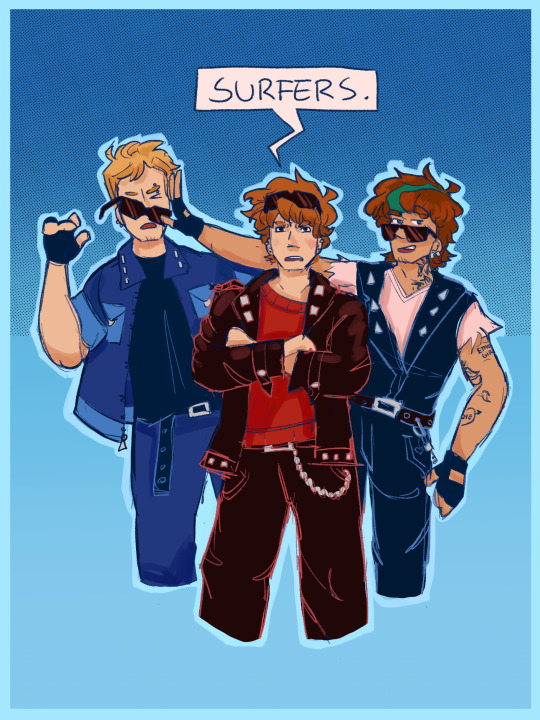

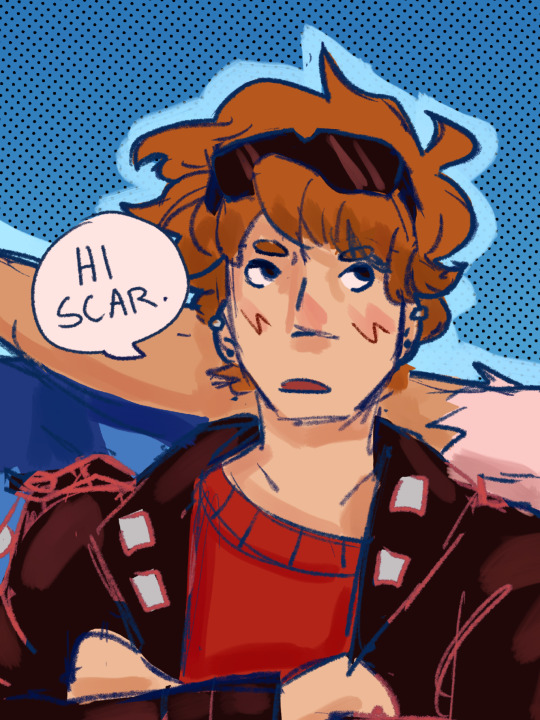
Yall seen teen beach movie?
I inserted some lifers into it (^_^)
(Click for better quality)
#basically just the bad boys#then I turned the family into surfers#:D#limited life#badboys#the family#mcyt#lifeseries#trafficblr#grian#goodtimeswithscar#jimmy solidarity#joel smallishbeans#zombiecleo#bdubs#hermitcraft#desert duo#scarian
9K notes
·
View notes
Text

The Bad Boys!
#trafficblr#mcyt#grian#grian fanart#joel smallishbeans#smallishbeans fanart#jimmy solidarity#solidaritygaming fanart#limited life#the bad boys#toma art
6K notes
·
View notes
Text





Evil Anvil has permanently changed my brain chemistry about the ending of limited life
#trafficblr#traffic smp#limited life#24smp#limlife#inthelittlewood#martyn littlewood#martyn#life series#renthedog#rendog#art escapades#I still get full body chills#EVIL ANVIL DOES IT AGAIN#HUNDREDS DEAD THOUSANDS INJURED#renchanting#treebark#I won’t say it’s shipping but I know lots of ren and martyn stuff go in the treebark tag so we’ll throw it I#in*#tw eyestrain#tw eye contact#tw scopophobia#MY FIRST POST OF 2025 AND ITS THIS. GOOD GRIEF#I need to lay down about them#dogwarts#3rd life#3lsmp
9K notes
·
View notes
Text

Welcome the new Champion of the games!
#my art#mcyt#gtws fanart#life series#inthelittlewood#itlw fanart#pearlecentmoon fanart#scott smajor#joel smallishbeans#smallishbeans#3rd life#last life#secret life#double life#limited life#wild life smp#trafficblr#traffic series
8K notes
·
View notes
Text
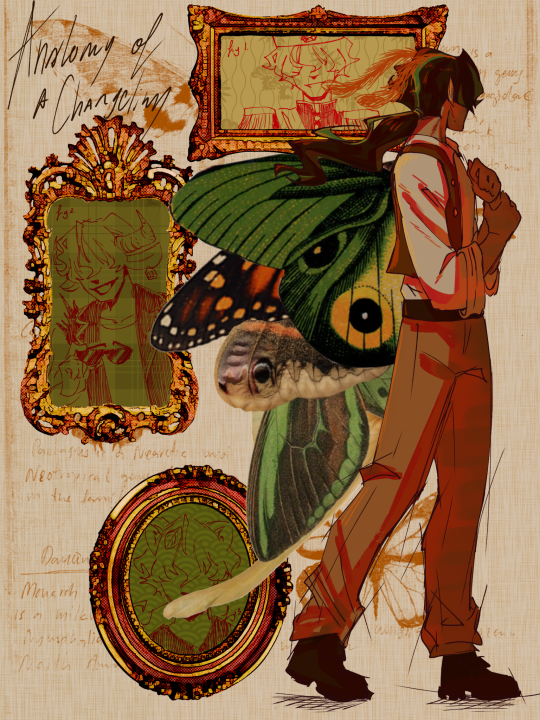
Changeling Joel ft some old greats, based on this tweet

#life series#joel smallishbeans#trafficblr#hermitblr#life series joel#smallishbeans#empiresblr#empires s1#empires smp#empires smallishbeans#limited life#bad boys#hermitcraft fanart#hermitcraft#hermitcraft season 10#hermitcraft s10#hermitcraft smallishbeans#art from the depths
10K notes
·
View notes
Text

this is how the bad boys feels to me
#i miss them ✊😔#life series smp#life series#limited life#the bad boys#grian#joel smallishbeans#jimmy solidarity#solidaritygaming#smallishbeans#trafficblr#traffic smp
10K notes
·
View notes
Text
bad boys

#joel smallishbeans#smallishbeans fanart#smallishbeans#jimmy solidarity#solidaritygaming#trafficblr#limited life#bad boys#life series smp#limited life bad boys#grian#grian fanart#grian life series#life series#solidarity fanart#jizzie#art#my art
8K notes
·
View notes
Text
*crashes into ur dash three months late*

I hid a few sneaky details in their so I’m excited to see if anyone catches them >:D it was fun going back and watching some of the winner POVs as well.
Procreate — 34hrs (27 for the characters and 7 for the BG/ final layering)
#art#fanart#chaos#life series fanart#life series#trafficblr#Grian fanart#pearlescentmoon fanart#smajor fanart#gtwscar fanart#itlw fanart#zombie cleo fanart#smallishbeans fanart#third life#last life#double life#limited life#secret life#real life#wild life#Grian#pearlescentmoon#gtwscar#smajor#martyn itlw#smallishbeans#inthelittlewood fanart#inthelittlewood
7K notes
·
View notes
Text

big fan of grian's threatening aura this session
#he is at his limit#i apologize for my absolute horrid handwriting#this is very quick and messy but this part was so funny#wild life spoilers#wild life smp#life series#traffic smp#trafficblr#life series spoilers#grian#jimmy solidarity#art#my art#mcyt
8K notes
·
View notes